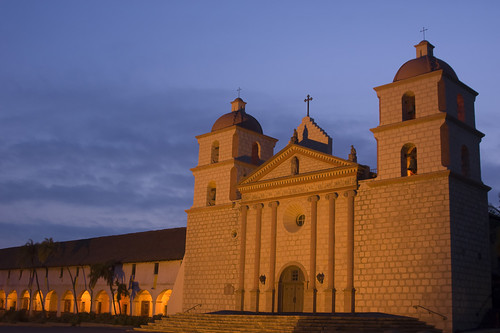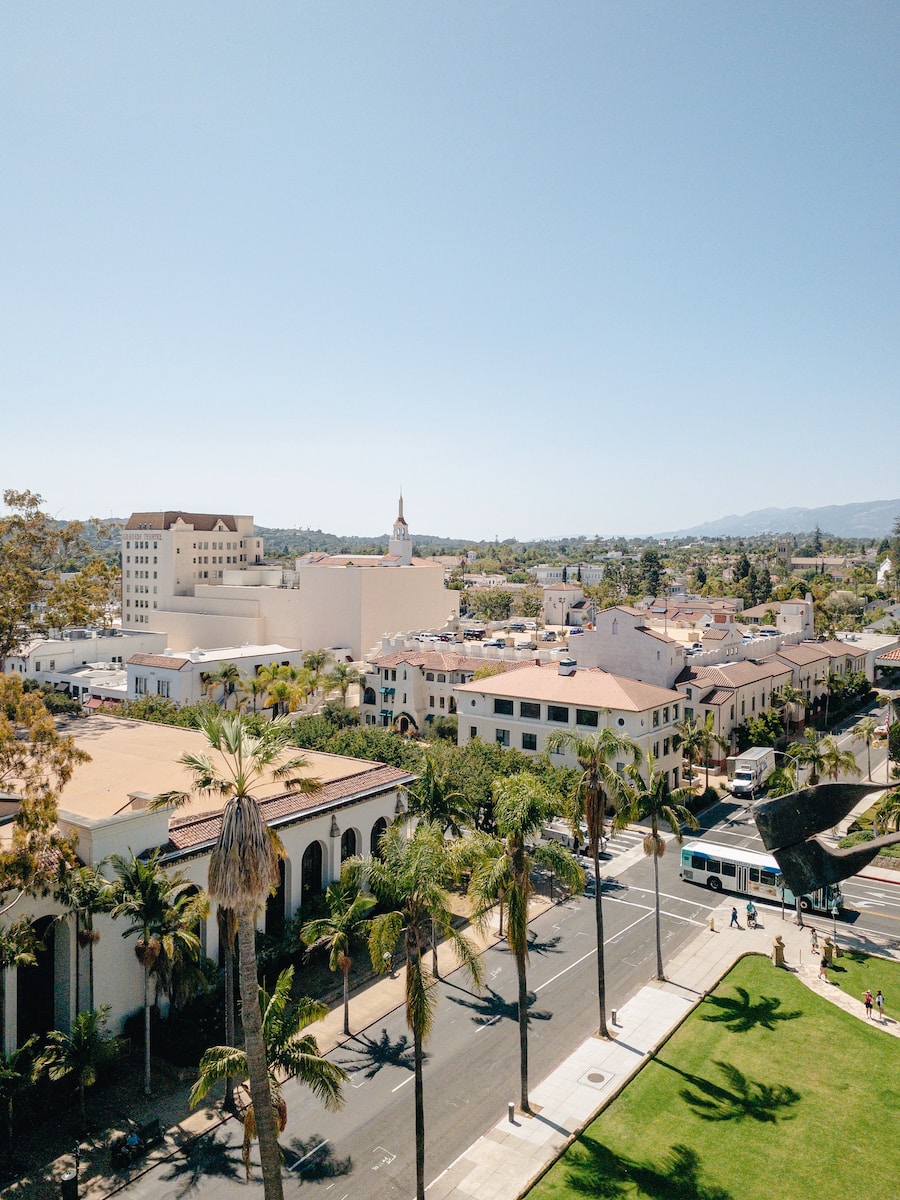
A few years after Columbus made his voyage to the Americas, the Spaniards began making plans to claim a large portion of the land they had discovered in the New World. They were in need of a method to subjugate lands and put in place colonies without having to send a great deal of their own people overseas. One way they were able to do this was by using missionaries. The missionaries would go to the land, attempt to convert the indigenous people to Christianity, and then teach them how to live according to Spanish values. In this way, the Spaniards could hope to control the population without needing an overwhelming military presence.
The Catholic Church, particularly the Spaniards utilized the mission system extensively throughout Alta California as a way to claim proprietorship of the area. The missions were often located in remote areas, which made them difficult to maintain. Despite the challenges, the Spaniards and the Catholic church continued their efforts. These efforts have resulted in many missions remaining standing today. These missions serve as a reminder of the hard work that was put in by those who came before us.
The Franciscan missions in California were in charge of introducing Christianity and Spanish culture to the region. These missions were founded by Franciscan friars who sought to spread the gospel throughout the New World. The missionaries at these missions worked tirelessly to convert the indigenous population to Christianity and teach them European ways of life. Although the missions ultimately failed in their efforts to completely assimilate the native Californians, they did succeed in dramatically changing the culture of the region.
The original 21 sites that make up the Missions of California are now preserved as historical landmarks. This allows modern people to gain a better understanding and appreciation for the history of the state. The Missions served an important role in the development of California, and their preservation ensures that this significant part of history is not forgotten. The Californian Missions are a group of structures that were built by Spanish missionaries in the 18th century. The buildings are a mix of Spanish and Native American architecture, making them some of the oldest properties in California.
Mission Santa Barbara
The 10th mission established by the Franciscans in California was the Mission Santa Barbara. The Mission was founded on December 4, 1786, making it the last of the original missions to be founded. Father Fermín Lasuén blessed and dedicated the new mission, which is located just a few miles inland from where the Presidio of Santa Barbara stands today. The new mission was named after Saint Barbara, the patron saint of artillerymen and miners. Saint Barbara is known for her strength and courage, which makes her the perfect namesake for this new mission.
One of the most well-known and beautiful missions in California is the Mission Santa Barbara, located in the city of Santa Barbara. The mission is often referred to as the “Queen of the Missions” due to its grand size and stunning architecture and appearance. Visitors from all over come to admire this historic landmark which has played a significant role in California’s history. The church is situated in a way that allows visitors to see the mountains from behind it, as well as the ocean from the same spot. This makes it a uniquely situated church that provides unparalleled views for its visitors..
History
The missionaries who came to the area recruited the local Chumash Indians to work on the site and to convert to Christianity. The Chumash people were skilled in many different areas, which made them valuable workers for the missionaries. They also helped to build up the new community by teaching others about their culture and way of life.
Construction of the original mission was quite simple – Adobe bricks are made from mud and clay that is baked in the sun or in a kiln. The bricks are then used to build walls, and other structures. In 1812, a massive earthquake ripped through the city, leveling the church. Devastated parishioners banded together and slowly rebuilt it brick by brick.
The church has not been able to withstand the subsequent earthquakes, which have caused even more damage. The only way to make the structure safe is to reconstruct it and reinforce it so that it can withstand future earthquakes. Today, it stands as a symbol of hope and resilience.
The Tour
The mission complex consists of the gardens, the church, the cemetery and the museum. The gardens are a beautiful display of early California plants. The church is a beautiful example of early California architecture. The cemetery is the final resting place for many of the early Californians who founded the mission. The museum is a treasure trove of artifacts from the early days of California history.
One of the most important things to remember when visiting this historic site is to bring your camera. With its stunning views and rich history, the Mission is one of the most photogenic places in California. So be sure to snap plenty of pictures to capture all the beauty and splendor of this incredible landmark.
The Grounds at the Front of the Mission
There is a water fountain and a lavanderia in front of the Santa Barbara mission. The water fountain is made of stone and has three spouts. It was built in the 1800s for the women of the mission to do their laundry.
On the beautiful green grass stands a special dedication cross. This cross is a symbol of the strong faith and dedication of the early missionaries who came to this area. It also stands as a reminder of their hard work and sacrifice, and it is also a reminder of the importance of faith in our lives.
Inside the Mission Grounds
After paying a small admission fee, one enters the mission grounds through the courtyard area. The courtyard is a peaceful place with a small fountain and benches where people can sit and relax. This oasis features an array of captivating plant life including palm trees, fountains, and cacti. You’ll be enchanted by the serene atmosphere and delightful floral fragrances.
Visiting sea birds often congregate near the fountain in the courtyard of the retreat. Be on the lookout for these feathered visitors, and you may be treated to a close-up view of these interesting creatures.
The Church
There is no doubt that Santa Barbara has one of the most beautiful churches out of all of the missions. The church’s stunning design and incredible location make it a must-see for anyone visiting the area. It is a National Historic Landmark and considered one of the best examples of Spanish Colonial architecture in the United States. The church here is still operational and continues to hold daily masses. It plays a major role in the community, and many people rely on it for guidance and support.
The Cemetery
The cemetery is the final resting place for many of the area’s early residents. It located on a hillside above the mission, and offers stunning views of the surrounding countryside.
Juana Maria, the “Lost Woman of San Nicolas,” is commemorated with a small plaque that is hidden away in the corner behind the church. She was a Native American woman who was the last surviving member of her tribe, the Nicoleño. While being stranded on San Nicolas Island in 1835, her tribe was relocated by the Mexican government and she spent 18 years alone on the island before she was rescued by Captain George Nidever, who brought her to Santa Barbara.
The Mission Museum
Many artifacts from the lives of the Chumash and the missionaries that settled there 200 years ago are located at the Santa Barbara Mission. These artifacts give us a glimpse into the past and provide us with a better understanding of the culture and history of this area.
We hope that this article has given you an idea of what the Santa Barbara mission is and what it represents. The mission is still an important part of the state’s identity today and is one of the most popular tourist destinations in California.


0 Comments